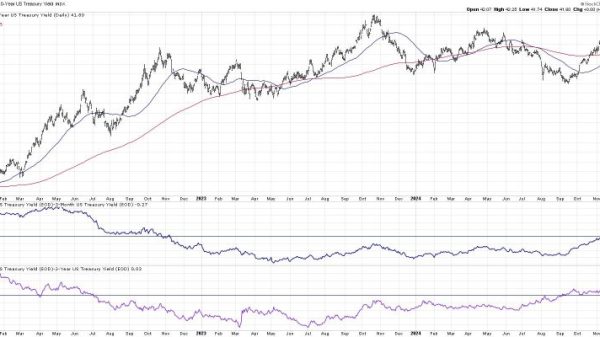When central banks decide to cut interest rates, it can have a significant impact on various sectors of the economy. Investors and homebuyers often assess the best areas to buy property in such scenarios to maximize their returns and take advantage of the lower borrowing costs. While some areas may benefit more from rate cuts than others, it’s crucial to consider multiple factors before making investment decisions.
One of the key areas that tend to thrive after rate cuts is the real estate market. Lower interest rates make borrowing cheaper, which can stimulate demand for housing. As a result, areas experiencing population growth and strong job markets are likely to see increased housing demand and potential price appreciation. Metropolitan areas with diverse economies and attractive amenities often stand out as prime locations for real estate investment post-rate cuts.
In addition to residential real estate, commercial properties also present promising opportunities after rate cuts. Lower borrowing costs can encourage businesses to expand, driving demand for office spaces, retail outlets, and industrial properties. Investors looking to capitalize on this trend may target areas with growing industries or those undergoing urban revitalization projects, where property values are poised to appreciate over time.
Furthermore, investors should pay attention to the infrastructure development in different regions. Areas with planned infrastructure projects, such as new transportation networks or improved utilities, can see a boost in property values after rate cuts. These projects enhance the livability and accessibility of a location, making it more attractive to both residents and businesses. Investing in areas with upcoming infrastructure developments can offer long-term growth potential and higher returns on investment.
Another factor to consider when identifying the best areas to buy after rate cuts is the overall economic stability of a region. Strong economic fundamentals, such as low unemployment rates, rising wages, and a diverse range of industries, can support property markets and attract investors seeking stable returns. Areas with a track record of weathering economic downturns and maintaining consistent growth are generally more resilient to market fluctuations and offer a sense of security to investors.
Moreover, the demographic trends in a particular area can also influence its investment potential after rate cuts. Regions with a growing population, particularly younger demographics entering the housing market or businesses expanding their operations, are likely to experience increased property demand and higher rental yields. Understanding demographic shifts and preferences can help investors target areas that align with these trends and benefit from changing market dynamics.
In conclusion, identifying the best areas to buy property after rate cuts requires a comprehensive analysis of various factors, including economic indicators, infrastructure developments, and demographic trends. By focusing on regions with strong growth prospects, stable economies, and strategic advantages, investors can position themselves to capitalize on the opportunities presented by lower interest rates. Strategic investments in real estate and commercial properties in these areas can offer long-term returns and unlock potential value in a changing market landscape.


























